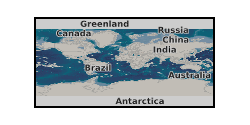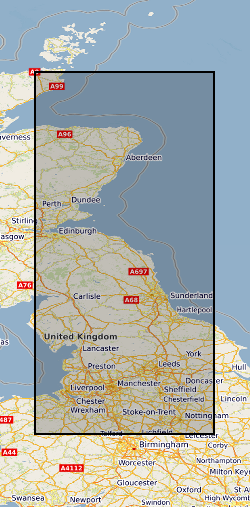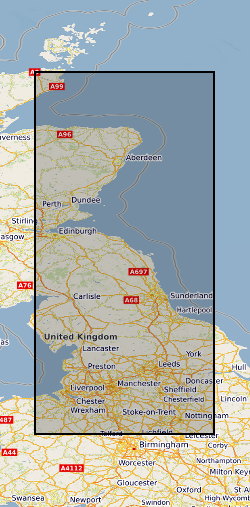Stress field
Type of resources
Topics
Keywords
Contact for the resource
Provided by
Years
Formats
Update frequencies
-

The dataset is on characterization of shale gas wells for well integrity simulations. Basing on raw data and other information pertaining to two shale gas wells, acquired from Polish Oil and Gas Company (PGNiG) input to the well integrity simulations carried out by TNO was supplied by PIG-PIB. The input consisted in elaborating generalized models of the wells and their surroundings as wells as characterization of the target formations. Well construction schemes including the production casing sizes and depths and generalized lithostratigraphy of the geological formations in question were composed. Raw data acquired from PGNiG included wireline logging data (and interpretation results) together with results of laboratory measurements of drill core samples (e.g., on geomechanical properties). Regarding characterization of the target formations the most important information created were distributions of in situ stresses within particular formations in both wells, assessed on the base of results of wireline, density logging (vertical stress – based on weight of the overburden at a certain depth) and laboratory measurements of geomechanical parameters (horizontal stress – based on pressure values measured within rock sample in tri-axial chamber at reservoir conditions). Temperature values within formations in question were assessed assuming local geothermal gradient and information from PGNiG reports. The dataset was created within SECURe project (Subsurface Evaluation of CCS and Unconventional Risks) - https://www.securegeoenergy.eu/. This project has received funding from the European Union’s Horizon 2020 research and innovation programme under grant agreement No 764531
-

This datasets contains 323 observations of borehole breakouts across and drilling induced tensile fractures from borehole imaging used to re-characterise the UK stress field orientation in 2016. This was published in the Journal of Marine and Petroleum Geology and is openly available using doi:10.1016/j.marpetgeo.2016.02.012 The observations relate to 39 wells from Central and Northern England and are provided with links to screen grabs of the images for clarity. The basic well meta data is supplied along with a description of the dataset. The Images were generated in the IMAGE DISPLAY module of the Landmark RECALL software. and are supplied on an “as shown” basis. Descriptions of the tools and the techniques used are listed in the accompanying paper: KINGDON, A., FELLGETT, M. W. & WILLIAMS, J. D. O. 2016. Use of borehole imaging to improve understanding of the in-situ stress orientation of Central and Northern England and its implications for unconventional hydrocarbon resources. Marine and Petroleum Geology, 73, 1-20.
-

This datasets contains 323 observations of borehole breakouts across and drilling induced tensile fractures from borehole imaging used to re-characterise the UK stress field orientation in 2016. This was published in the Journal of Marine and Petroleum Geology and is openly available using doi:10.1016/j.marpetgeo.2016.02.012 The observations relate to 39 wells from Central England, Northern England and Northern Scotland and are provided with links to screen grabs of the images for clarity. The basic well metadata is supplied along with a description of the dataset. The Images were generated in the IMAGE DISPLAY module of the Landmark RECALL software and are supplied on an “as shown” basis. Descriptions of the tools and the techniques used are listed in the accompanying paper: KINGDON, A., FELLGETT, M. W. & WILLIAMS, J. D. O. 2016. Use of borehole imaging to improve understanding of the in-situ stress orientation of Central and Northern England and its implications for unconventional hydrocarbon resources. Marine and Petroleum Geology, 73, 1-20.
 NERC Data Catalogue Service
NERC Data Catalogue Service